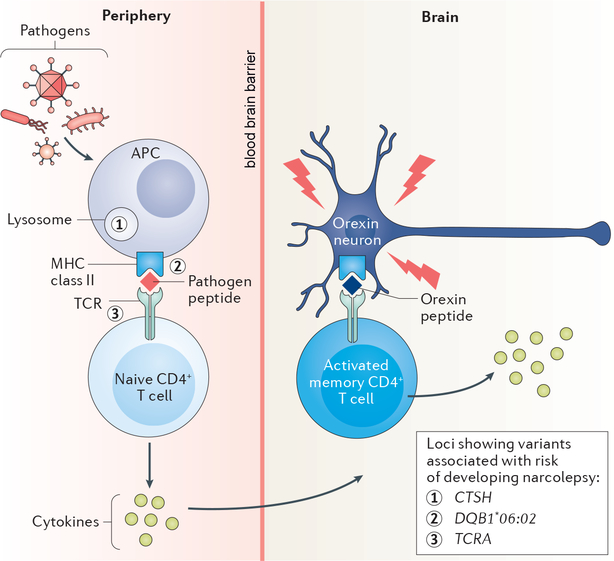Fig. 3 |. A model for T cell-mediated killing of the orexin neurons in narcolepsy.
In a possible model of T cell-mediated killing of orexin neurons, an antigen-presenting cell (APC) first takes up a pathogen and presents fragments of pathogen proteins to a naive CD4+ T cell using a major histocompatibility complex (MHC) class II molecule, perhaps DQB1*0602. The naive CD4+ T cell may secrete cytokines (circles) to help clear the infection. Memory CD4+ T cells are formed from the initial infection. Fever may promote the migration of pathogen-specific CD4+ T cells across the blood–brain barrier (BBB). The activated memory CD4+ T cell cross-recognizes fragments of prepro-orexin with a similar epitope as the pathogen peptide and secretes cytokines that promote destruction of the orexin neurons. Genes for which certain alleles are known to increase the risk of developing narcolepsy related to this model of T cell-mediated killing of orexin neurons are illustrated at their respective sites of action. TCR, T cell receptor.

